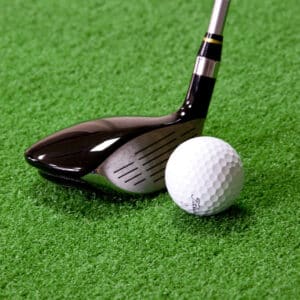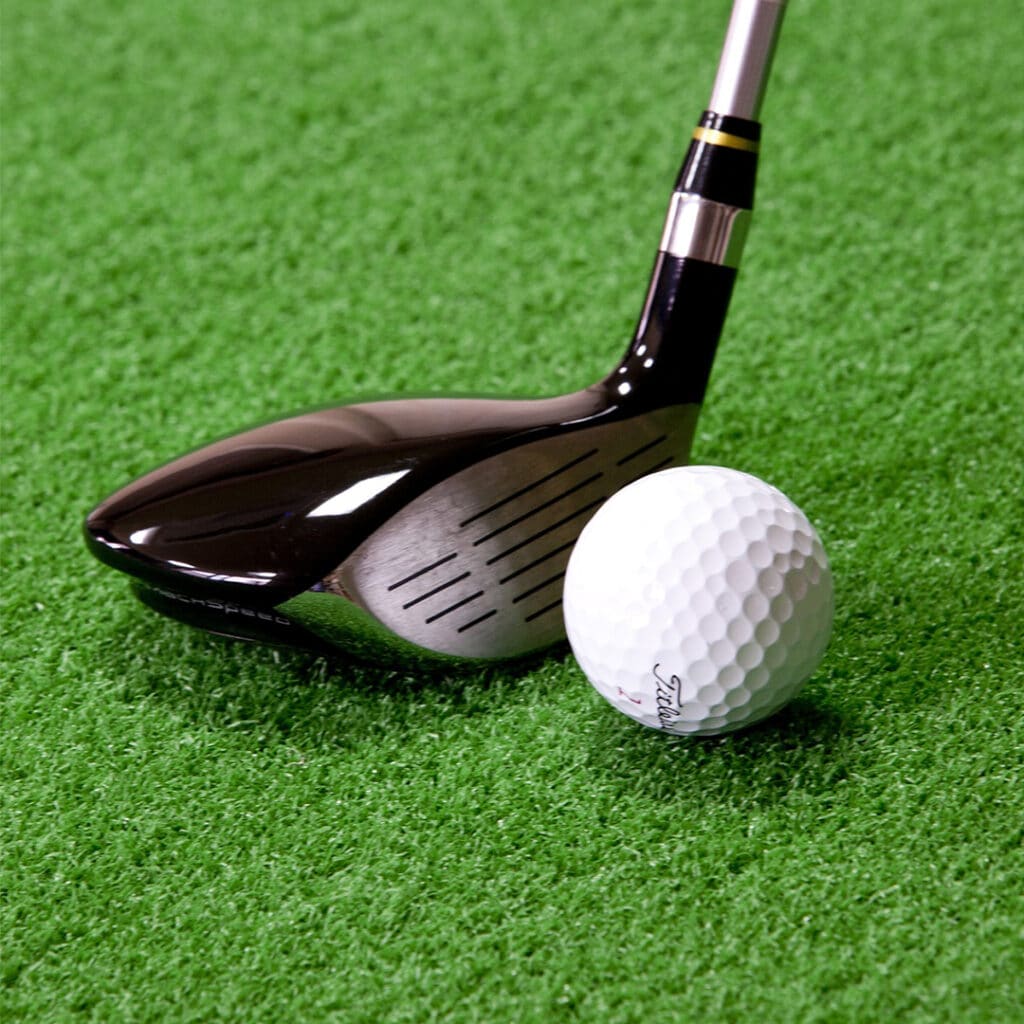In the ever-evolving world of golf, tradition and innovation often find themselves at odds. The game’s governing bodies, the R&A and the USGA, have recently introduced a controversial change that has sent ripples through the golfing community—the Golf Ball Rollback Rule.
Aimed at addressing the increasing distances achieved by modern golf balls, this rule has sparked debates among players, enthusiasts, and industry professionals alike.

How will the new golf ball rollback rule effect the everyday Kingsway golfer?
The impact of the new Golf Ball Rollback Rule on the everyday golfer is a subject of considerable interest and speculation. While the rule has been primarily introduced for professional play, its effects may eventually ripple down to the recreational level. Here’s a look at how the everyday golfer might be influenced by this change:
Equipment Changes: As golf ball manufacturers adapt to the new regulations such as titleist, there is a possibility that the everyday golfer will see changes in the available options for golf balls. Manufacturers might tweak their designs to comply with the new standards, potentially influencing factors like spin, feel, and distance for recreational players.
Course Experience: The rollback rule could prompt golf courses to reassess their layouts to maintain an appropriate level of challenge for players. This may involve adjustments to tee placements, hole configurations, and overall course design. While this won’t be a change for Kingsway courses, golfers might notice subtle alterations over time as courses adapt to the evolving landscape of the game.
Skill Emphasis: If the rule succeeds in curbing the distances golf balls can travel, the emphasis on skill and strategy over sheer power may become more pronounced. Everyday golfers might find that accuracy, shot placement, and short-game proficiency become even more crucial aspects of their game.
Cost Considerations: Depending on how golf ball manufacturers respond to the rule, there could be shifts in pricing and availability of certain golf ball models. Golfers may need to explore new options that align with their playing style, and there could be variations in cost depending on the technology and materials used in compliant balls.
Feedback and Adaptation: Everyday golfers often look to professional play for inspiration and guidance on equipment choices. As professionals adapt to the new regulations, everyday golfers may follow suit, experimenting with different ball options to find the ones that best suit their game.
Pace of Play: If the rollback rule contributes to a shift in playing style, it could potentially influence the pace of play on golf courses. A game that places a higher premium on precision and finesse may lead to a more deliberate and thoughtful approach, impacting the overall speed of rounds.
Recreational Dialogue: Golfing communities are likely to engage in discussions about the implications of the rule at the recreational level. Golfers may share experiences, opinions, and strategies for adapting to the changes, fostering a sense of community and camaraderie.
While the direct impact on the everyday golfer may not be as immediate or pronounced as it is for professional players, the new Golf Ball Rollback Rule introduces an element of change that will unfold over time. As with any shift in the golfing landscape, adaptation and open dialogue among golfers will be key to navigating the evolving dynamics of the sport.




